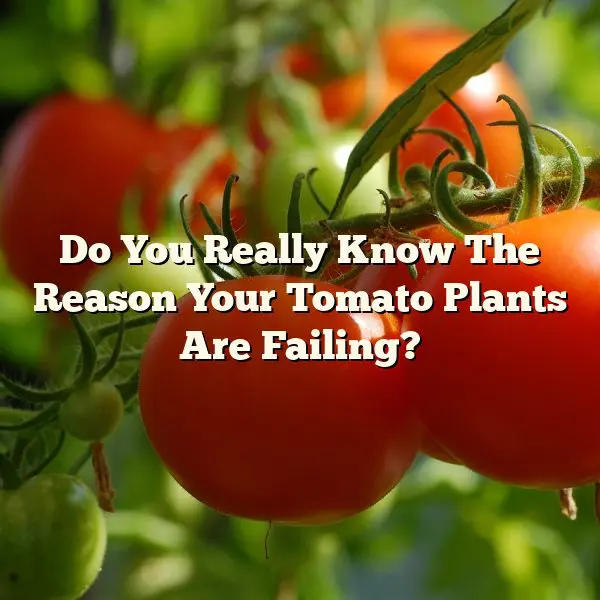Just about every product has some amount of plastic on it or in it, but it is important to note that there are many different types of plastics and each has its own special uses. Plastics are substances that are created using polymers that are either synthetic or partly synthetic. Plastics are identified by a special resin code that explains which polymers were used to create the plastic. Here are a few more important bits of information about the plastics we use.
Even centuries ago, there were substances made from organic polymers such as egg protein and natural rubber. But it wasn’t until the 19th century that man-made forms of plastic were invented. The first to receive a patent was a cellulose-derived substance called Parkesine, which was invented by a man named Alexander Parkes. While this plastic didn’t really take off, the first type of plastic made out of synthetic polymers was called Bakelite. Bakelite was used to make hundreds of products for many decades, including radios and jewelry, which are now very collectible.
Vulcanization was an important step in the history of plastic, and while it has nothing to the planet of Vulcan or Mr. Spock, it has everything to do with tires. Tires are produced through the process of vulcanization which mixes rubber and sulfur in order to create a harder, more durable substance. Charles Goodyear was one of the key inventors of vulcanization, which is why the tire company was named in his honor. Bowling balls initially were made of wood, but vulcanized rubber was widely used for much of the 20th century to create these balls. Today, however, polyester is the most common substance used.
There are two main types of plastics, thermoset plastic and thermoplastics. Although the two terms seem very similar, they actually have some very big differences. One of the biggest differences is that thermoset plastics cannot not be melted down and reused. Of course, this resistance to heat also can be an advantage as these plastics are very stable. Many products are made using thermoset products including parts of cars and computers.
Millions of products are created using thermoplastics, which can be recycled over and over again. Food, beverages, medicines, toys and much more are made out this type of plastic, and even though it costs a bit more than thermoset plastic, it does have plenty of advantages. If you’ve ever dropped a plastic soda bottle on a hard surface, you’ve demonstrated one excellent property – thermoplastic is highly impact resistant. Many types of thermoplastic also are chemical resistant which means you can safely store potentially hazardous chemicals in thermoplastic bottles.
Obviously, recyclability is one of the biggest advantages thermoplastic has over thermoset. Most thermoplastics can be recycled many times, which in theory reduces the burden on our landfills. It also can reduce energy use in general because recycling plastic does not require as much energy as creating a plastic product from scratch.
Lenna Stockwell enjoys blogging about how stuff is created. For additional information about custom thermoforming or to find out more about retail product packaging, please visit the Indepak.com site now.



